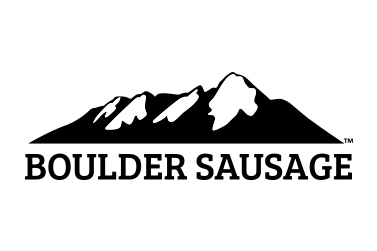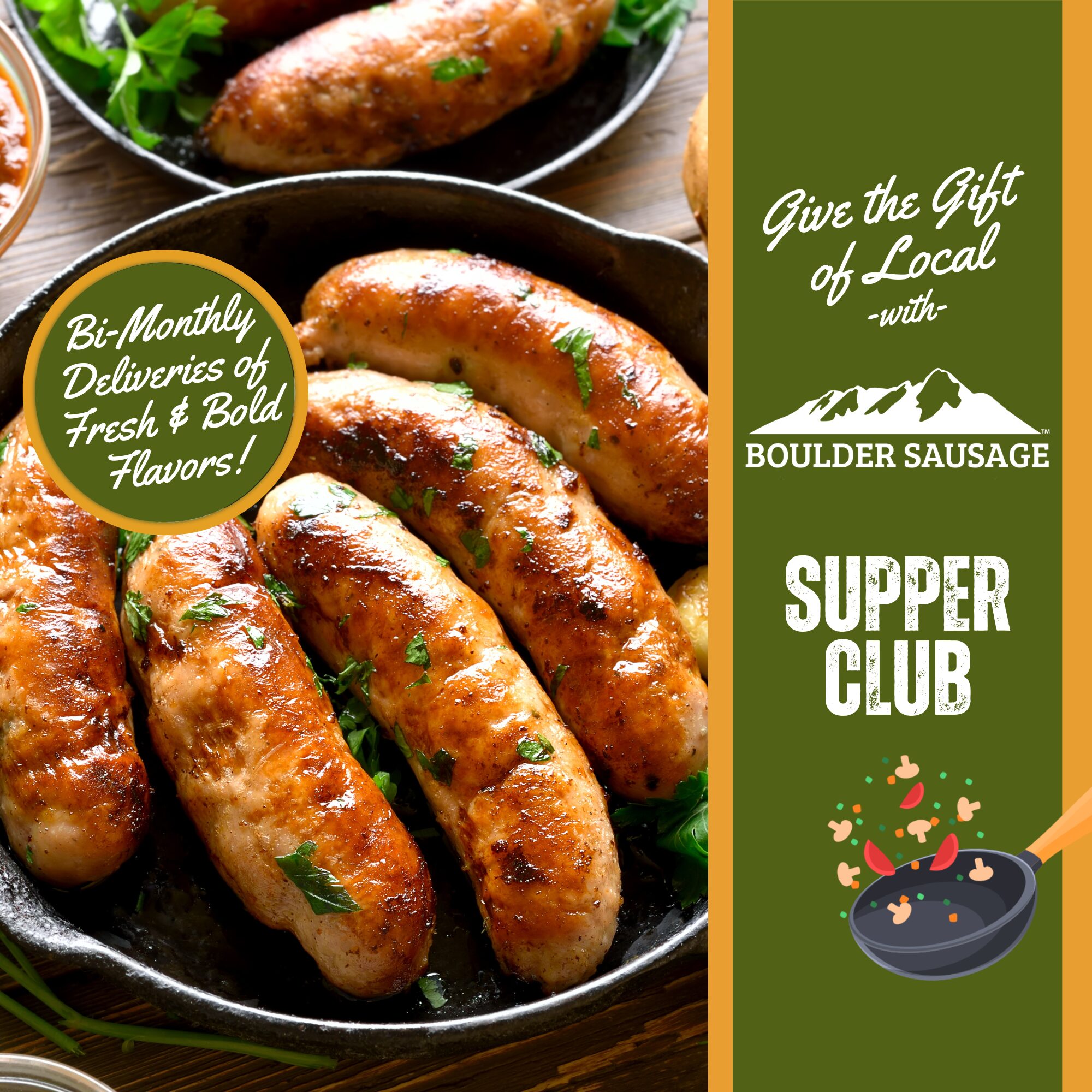
We live in a fast-paced world, full of hustle, bustle and competition. People increasingly seek out food products that are fast, easy, and cheap. Most sausage products easily hit two out of the three. They can be prepared in very little time on the grill or on the stove and are very adaptable for a wide variety of cooking techniques. However, in the attempt to make sausages cheaper, many manufacturers sacrifice quality, texture, and flavor.

Food fillers help add weight to the food by using less expensive ingredients, like water, fat, and starch. This helps some sausage producers keep the cost down but comes at a sacrifice to quality. The meat processing industry is notorious for their use of fillers to increase the apparent size and weight. Processed meats like sausages and hamburger are the worst offenders for filler-stuffing. Believe it or not, this can lower the manufacturer’s costs by 10% to 30%, at the expense of the consumer.
Types of Fillers Used in Many Other Sausage Brands
Non-Meat Fillers
Most non-meat fillers are flours and starches. These add sweetness and gluten while making products lower in nutrition and high in carbohydrates. Cereal binder and maltodestrine are two of the most common non-meat fillers, composed of oatmeal, and flours, starch and breadcrumbs. Cheaply made sausages often also contain a dry biscuit powder called “Rusk,” and cheaply made hamburgers often use soy protein. All of this adds up to a grainy cereal texture and a bland or bready taste.
Meat Fillers
Mechanically Deboned Meat or MDM is another popular type of filler used in the meat processing industry. It is actually made of meat but doesn’t use the same lean cuts of pork shoulder that Boulder Sausage uses. MDM usually includes chicken and turkey meat and some lower cost alternatives, such as scrap parts, glands, organ meat, or “head meat.” In addition to being generally unappealing, MDM creates a mushy pre-chewed (fine grind) texture in the product.
Extenders
These types of fillers have a high amount of protein and are widely used to “stretch” the meat or to make it appear as though you’re getting more food. These usually have cereal blended with fat, meat, blood, and various internal organs. While widely used in processed meats like sausages and hot dogs, these can also be used to extend shelf life in frozen products.
Water
One of the most common fillers in any type of sausage is plain old water. Unlike most of the ingredients mentioned here, water doesn’t harm the flavor or texture of the sausage.
Why then does Boulder Sausage avoid adding water to our products? Because we want to be honest and open with our customers. When water is added in sausages, it bulks up the uncooked product. When the sausage is cooked, the water evaporates, leaving you with a smaller quantity even though you paid for a larger amount.
Why do we skip fillers altogether in our sausage?
Sausage without water and fillers mean a significant difference between value and price. Many companies focus on cheaply offering a larger amount of product in packages by adding to the gross weight. This way, the customer sees a larger package, a lower price, and thinks that they’re getting a better deal. What they don’t realize is that they are truly getting much less then what they have paid for, and its not nearly as healthy. Net weight shows true value after cooking the product.
When you buy Boulder Sausage, you can rest easy knowing that you truly get what you pay for! We strive to create a product that you can trust and be proud to serve to your valued family and friends. Everyday we follow the motto, if it isn’t good enough for our family – it isn’t good enough for yours! At Boulder Sausage you are apart of our family and we hope you enjoy our products as much as we enjoy making them!

